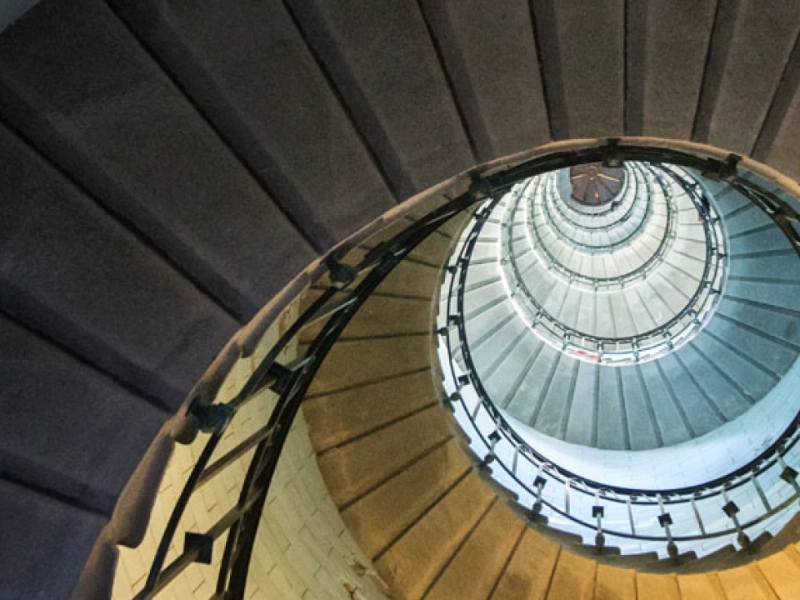The Golden Ratio: Nature's Hidden Perfect Number
Advertisement
6. The Golden Ratio in Design: From Logos to User Interfaces

Advertisement
The impact of the golden ratio penetrates modern design in many different ways, going much beyond conventional art and architecture. Designers employ this mathematical proportion from user interfaces to corporate logos to produce aesthetically pleasing and powerful designs. This part looks at several facets of modern design where the golden ratio finds application.
The golden ratio is a common tool in logo design to produce harmonic and unforgettable brand identities. The Twitter logo, which consists of overlapping circles whose proportions follow the golden ratio, is among the most well-known instances. This generates harmony and balance that accentuates the visual attractiveness of the logo. In similar vein, the Apple logo is claimed to have golden ratio proportions in its curves and general form even though it is not quite accurate.
Whether for print or digital media, layout design depends much on the golden ratio as well. For instance, magazine layouts frequently use the golden ratio to decide where and how big text columns, photographs, and white space should be positioned. This produces an aesthetically beautiful arrangement that naturally moves the reader's eye over the material. From the width of the main text area relative to sidebars, to the placement of important visual elements, the golden ratio can guide the proportions of many elements on a page in web design.
The golden ratio also finds use in typeography. Some designers find perfect font sizes and line spacing by using it, therefore producing readable text with good visual appeal. To establish a harmonic hierarchy of information, the body text size and header sizes could be related, say, by the golden ratio.
In user interface (UI) design, the golden ratio can direct the development of aesthetically pleasing and understandable interfaces. The golden ratio helps one to understand the ratios of buttons, element spacing, and screen layout generally. This helps to improve the user experience by producing naturally ordered and simple to use interfaces.
The use of the golden ratio helps also in product design. Products that are aesthetically pleasing and ergonomically sound are created using the golden ratio from the dimensions of smartphones and tablets to the design of furniture and domestic items. Golden ratio proportions are even included into some automotive designs by some manufacturers since they help to create a more aerodynamic and aesthetically appealing form.
Design's application of the golden ratio is not without controversy. Some contend that its significance has been exaggerated and that many instances of its use emerge from retroactive examination rather than deliberate utilisation. Others argue that exceptional design often results from defying accepted wisdom and that rigorous adherence to the golden ratio can stifle innovation.
Advocates counter that the golden ratio offers a good basis for designing harmonious and balanced compositions. They argue that knowing the ideas behind the golden ratio helps guide better design choices even if exact application is not followed. Many designers modify it to fit the particular requirements of every project rather than applying it as a rigid guideline.
Golden ratio-based tools and software have been more easily available to designers in the digital era. Technology has made it simpler than ever to play with this ancient proportion in contemporary design environments from grid systems based on the golden ratio to plugins that overlay golden ratio instructions on drawings.
The golden ratio finds fresh uses as we enter a period of ever more digital and immersive encounters. Designers in virtual reality (VR) and augmented reality (AR) are investigating how the golden ratio might be applied to produce more aesthetically pleasant 3D worlds.
Design's golden ratio is a wonderful link between mathematics, aesthetics, and use. Although it's not a magic formula for good design, its constant application across several design disciplines points to its continuing attractiveness. The golden ratio is still a useful tool in the search to produce designs that are both beautiful and functional as designers keep stretching the bounds of their trade.
Advertisement
You May Like

